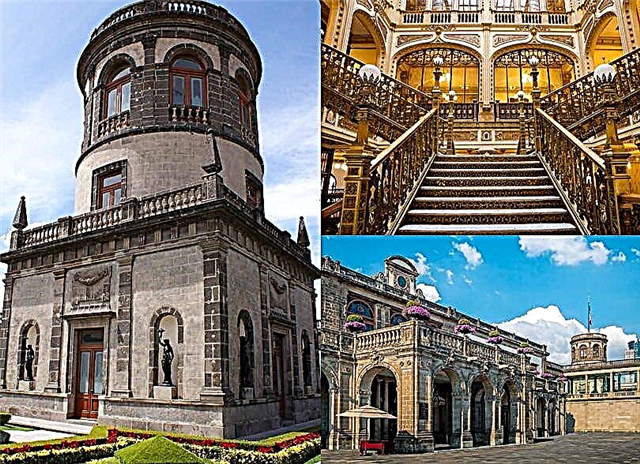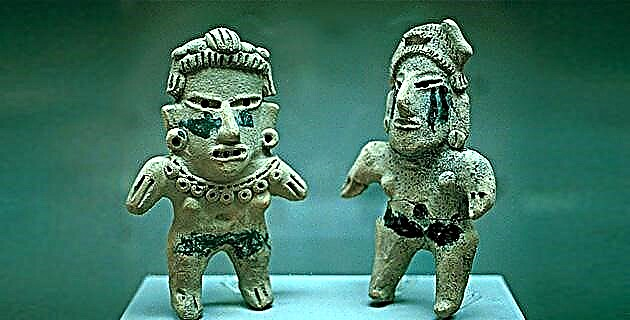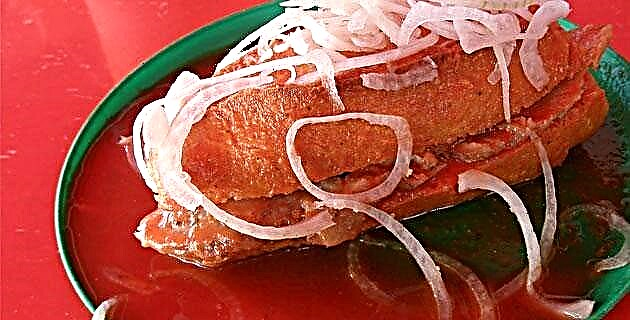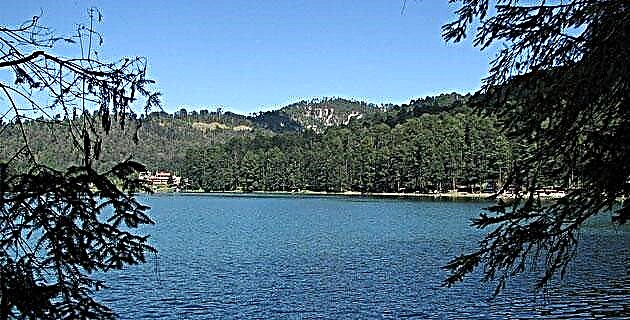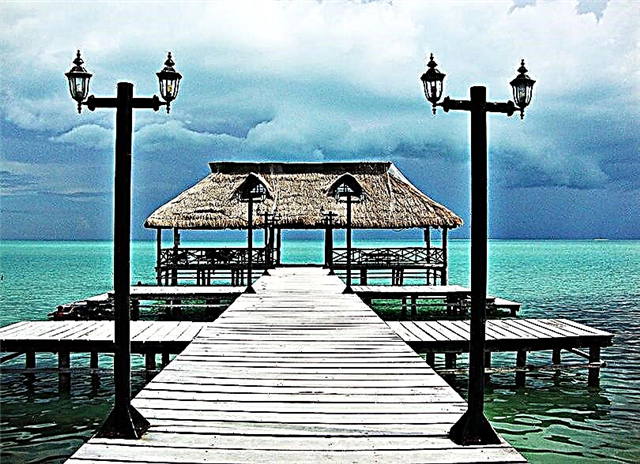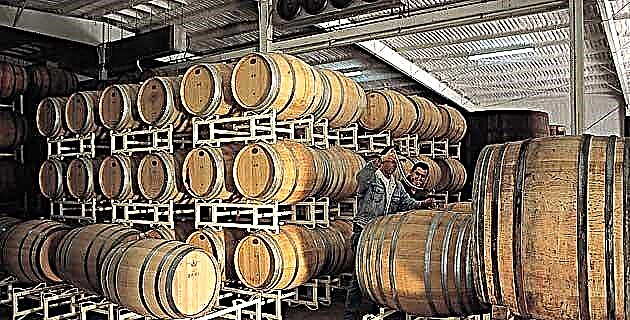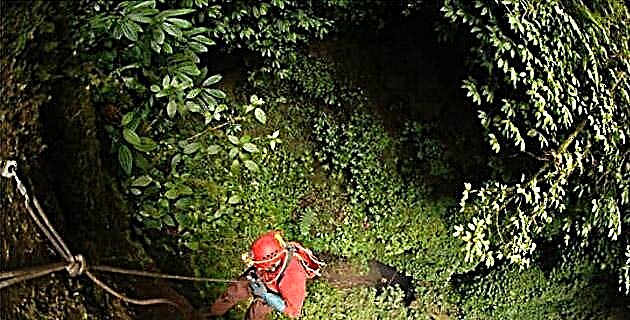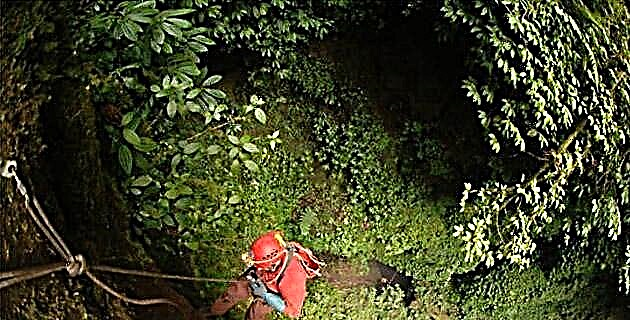
After 21 years of having found the Coyolatl resurgence, located in the Sierra Negra, in the south of the state of Puebla, and having explored it for many kilometers, the GSAB (Belgian Alpine Speleological Group) dreamed of discovering a drain and making a journey in that zone. So it was.
Generally when you visit a cave, you enter and exit through the same place, that is, they usually only have one access. But there are very special ones, in which you can enter from the top known as the drain and exit from the bottom, called the resurgence. These caves are known as "travesías".
In 1985 they explored several resurgencies in the lower part of the mountain, but one in particular was very large, the entrance was 80 meters high and the waters gave rise to the Coyolapa River, they called it Coyolatl (coyote water). In five weeks they surveyed more than 19 kilometers of passages upriver, within the mountain, reaching the highest point at + 240 meters, in the most remote and recondite parts of the cave. To reach them, they set up an underground camp 5 kilometers from the entrance, for four days. There some very difficult and very distant climbs were left inside the cave, making the explorers think that the entrances to the caves should be in the upper part of the mountain range to reach these climbs, there the dream arose that Coyolatl should be a journey. In 21 years of exploration they found many significant caves.
Entrance through the Cave of Hope
At the end of the 2003 expedition, a group reached the entrance of a cave 20 meters high by 25 wide, they walked 150 meters through a gallery that narrowed little by little until it became a meander that ended in a small room. Apparently it did not continue, but a small window 3 meters high was left unexplored due to lack of time, which they called La Cueva de la Esperanza or the TZ-57.
For the 2005 expedition they found new caves that were mostly explored, but especially, one of them was on their mind. An hour's walk from the base camp is the entrance to the TZ-57, they took two short shots down to a 60-meter shot, they reached a large hall and between some blocks the cave and exploration continued. A series of meanders, crossings, de-escalation and wells between 10 and 30 meters of fall gave way to the cavers, a current of air prompted to continue placing the ropes in each well.
Upon reaching a shot, they threw a stone that took several seconds to reach the ground. "It has more than 80 meters," said one. "Then to lower it!" Said another.
A very technical installation of the ropes began the descent, since a large number of stones and slabs that were at the head of the well had to be avoided. Below, a gallery gave way to the last 20-meter shot that led them to a blind well (with no apparent exit). It was necessary to climb 20 meters to get out of that well and reach another gallery 25 meters wide by 25 meters high. Several arming and exploration trips were necessary up to this point.
Thus, that year several unknowns were left, such as a 20-meter well that did not descend and some ascending galleries within TZ-57.
Another riddle solved
In 2006, cavers from three countries gathered once again in the Sierra Negra to return to the unknown parts they had left last year. One of the enigmas that most intrigued was the 20-meter shot that had not been lowered. They were known to be only 20 meters away from making a historical connection between two caves. Two of the explorers who had been in the exploration of Coyolatl, in 1985, placed the rope, went down to a passage with water that they did not recognize in the first instance and doubted that they were in any known place in Coyolatl. It took an hour to walk in this new gallery until they found a chocolate wrapper left by themselves as a surveying station point 21 years ago. This meant that since they lowered the 20-meter shot they were in one of the most remote parts of Coyolatl and they didn't remember it.
Days later, eight speleologists prepared all the necessary equipment to cross the land and be the first explorers to make this journey. They traveled the entire TZ-57 and once in Coyolatl, they were astonished to see the immense galleries of up to 40 or 50 meters high and the current of the main river water.
It took them ten hours to complete the entire route, from the entrance of the TZ-57, located at 1,000 meters above sea level, to the exit in Coyolatl, located at an altitude of 380 meters above sea level. This means that the journey in total has 620 meters of unevenness and 7 kilometers of travel, placing it in third place in Mexico. Just below the Purificación System, which occupies the first place with 820 meters of unevenness and 8 kilometers of travel (the total difference is 953 meters). The second deepest crossing is the Tepepa System, with a depth of 769 meters and a route of 8 kilometers (the total unevenness is 899 meters).
There is a pleasant taste in the mouth of all the explorers of these expeditions, because after so many years the dream had come true, after so many expeditions and caves discovered in the Sierra Negra, Coyolatl is a journey! Entering from above (the resumidero) which is the Cueva de la Esperanza or TZ-57 and leaving from below to Coyolatl (the resurgence) was exceptional.


